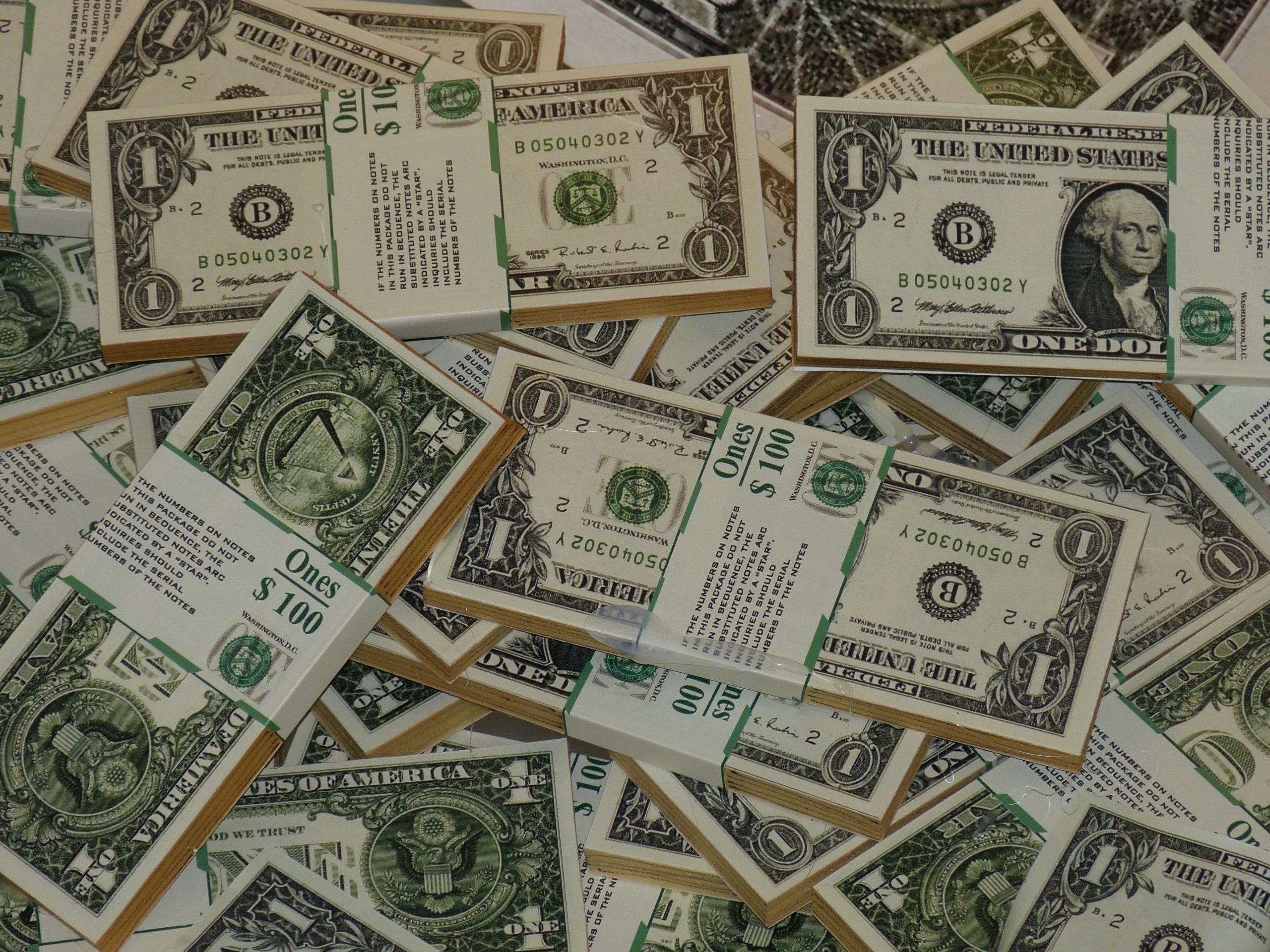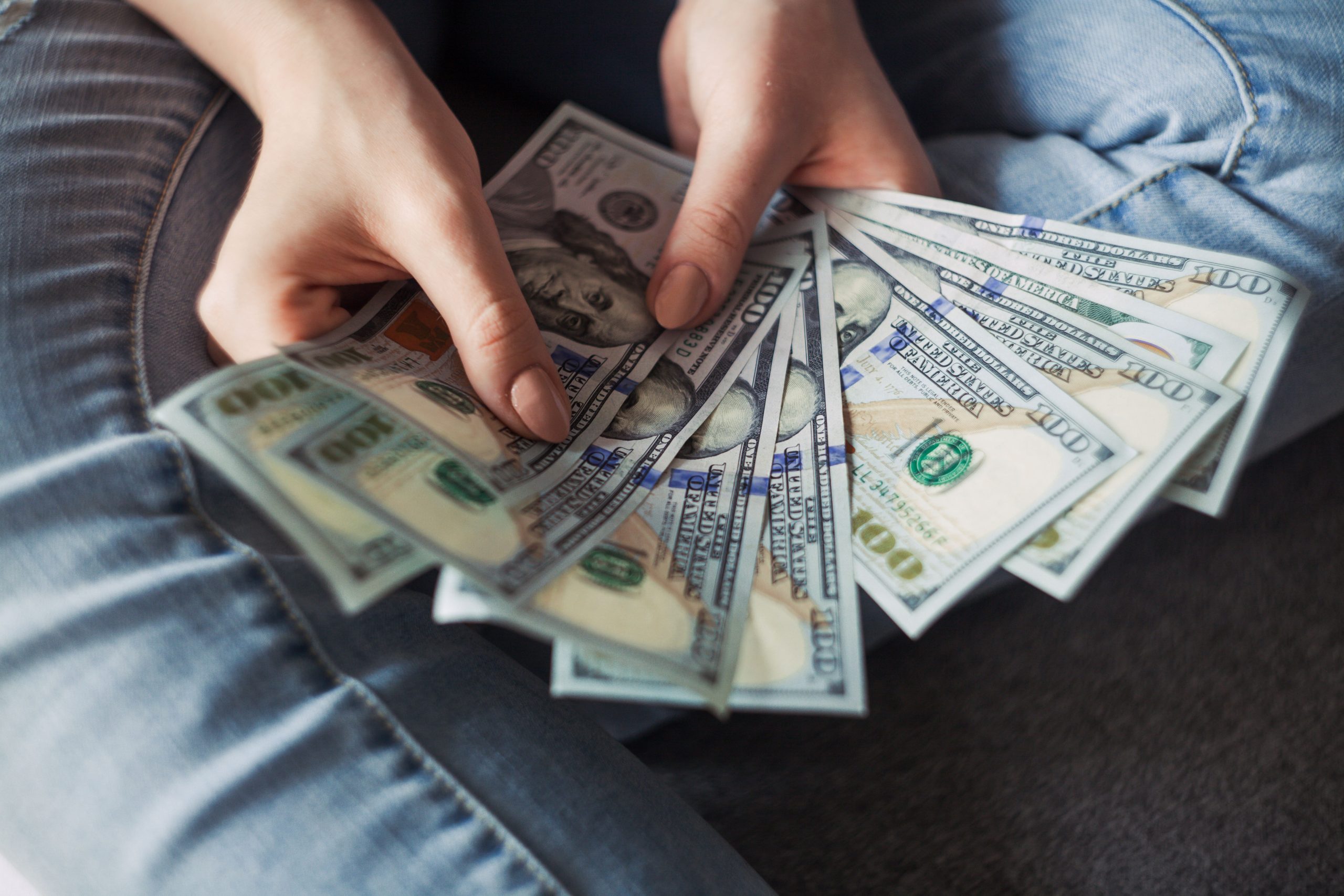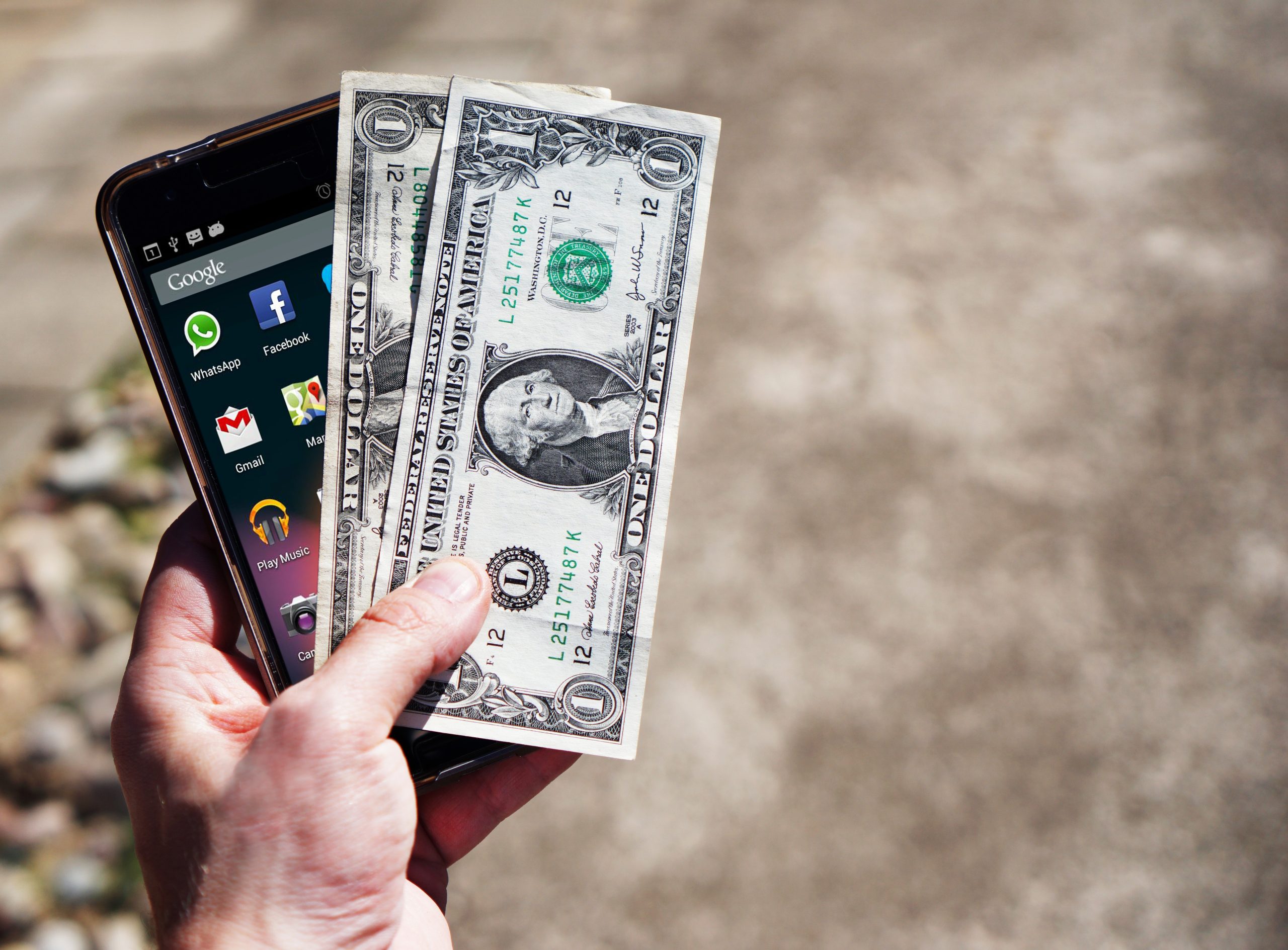The financial world is on high alert as major banks face turmoil, shaking up markets and leaving investors in a state of uncertainty. With the Federal Reserve set to announce its pivotal interest rate decision soon, the stakes have never been higher. Will the Fed take bold action to stabilize the economy, or will it play it safe amidst these turbulent times? In this blog post, we’ll dive into what’s happening behind-the-scenes and explore how these developments could impact your investments. Get ready for a deep dive into banking upheaval like you’ve never seen before!
The current state of the banking system
The current state of the banking system is in flux. The recent turmoil in the industry has sparked uncertainty about the future of interest rates and the role of the Federal Reserve. The Fed’s upcoming announcement on interest rates is pivotal, and could provide some clarity on the situation. In the meantime, consumers and businesses alike are keeping a close eye on the developments in the banking sector.
How interest rates play into bank stability
When the Federal Reserve raises or lowers interest rates, it can have a big impact on the banking industry. Higher rates make it more expensive for banks to borrow money and can lead to slower growth. Lower rates can help spur economic activity, but can also put pressure on banks’ profits.
The Fed’s decision on interest rates this week is being closely watched by the banking sector. Many banks have already been struggling with low profits and a slowdown in loan growth. If the Fed were to raise rates, it could further pressure bank profitability and lending activity. Conversely, if the Fed were to lower rates, it could provide some relief for banks and help stimulate economic growth.
The Fed’s upcoming announcement
The Federal Reserve’s impending announcement on interest rates is shrouded in uncertainty, as the recent turmoil in the global banking system has injected new risks into the economy. The Fed is widely expected to raise rates for the first time in nearly a decade at its meeting next week, but the timing and extent of future hikes are now less certain.
In light of the recent market volatility, some analysts have suggested that the Fed could delay further rate increases until next year. But with inflation still running below the Fed’s target, there is a risk that delaying too long could leave monetary policy behind the curve.
The bottom line is that while a rate hike is still likely next week, the Fed’s decision will be a close call. And with markets already on edge, any hint of hawkishness from the central bank could send shockwaves through financial markets.
Uncertainty surrounding the announcement
The announcement by the Federal Reserve of a potential interest rate hike later this year has led to considerable uncertainty in the financial markets. In particular, the central bank’s language surrounding the timing of the rate hike has been interpreted differently by different market participants.
Some believe that the Fed is signaling that it is preparing to raise rates sooner than expected, while others believe that the central bank is still undecided on when to act. This disagreement has led to increased volatility in the markets and a general feeling of unease about what the Fed will do next.
The situation is made even more complicated by the fact that there are a number of other factors that could influence the Fed’s decision, such as the ongoing turmoil in Europe and China’s economic slowdown. All of these factors are adding to the uncertainty and making it difficult for investors to make decisions about where to put their money.
What could happen if the Fed raises rates
If the Federal Reserve raises interest rates, it could lead to turmoil in the banking sector. Banks could be forced to raise lending rates, which would make it more difficult for borrowers to obtain loans. This could lead to a slowdown in the economy and increased unemployment.
What could happen if the Fed leaves rates unchanged
The Federal Reserve is widely expected to announce a cut in interest rates later this week, but what if they don’t?
There are a few potential scenarios that could play out if the Fed leaves rates unchanged.
1) The stock market could tank: Investors are banking on a rate cut to provide a boost to the stock market, which has been struggling in recent weeks. If the Fed disappoints, stocks could sell off sharply.
2) The bond market could sell off: A rate cut would likely lead to lower bond yields, making them more attractive to investors. If rates stay put, bond prices could fall and yields rise.
3) The dollar could strengthen: A lower interest rate makes the dollar less attractive to global investors, who often seek out higher-yielding investments. If rates stay the same or rise, the dollar could rally. This would be bad news for American exports and corporate profits.
4) Economic growth could slow: One of the main reasons the Fed is considering cutting rates is to help support economic growth. If rates stay unchanged, it’s possible that growth could stall or even reverse course.
Conclusion
In conclusion, the recent turmoil in the banking sector is a cause for concern as it creates uncertainty heading into the Federal Reserve’s pivotal interest rate announcement. Investors are hoping that the Fed will take decisive action to shore up market confidence and bring stability to an otherwise volatile climate. As always, any changes made by the central bank could have far-reaching implications not just on markets but also on individual investors who rely heavily on sound economic decision making from their government institutions.










